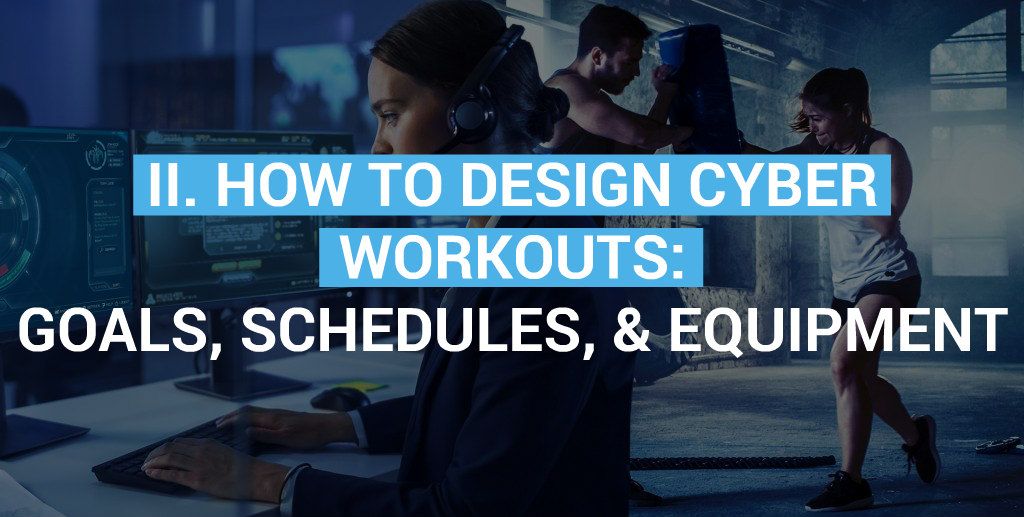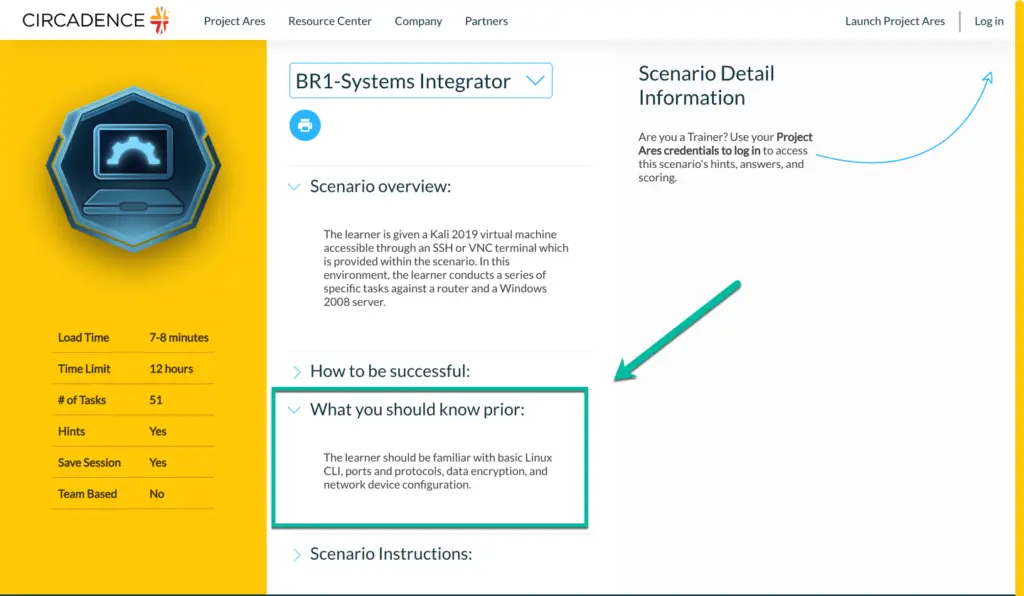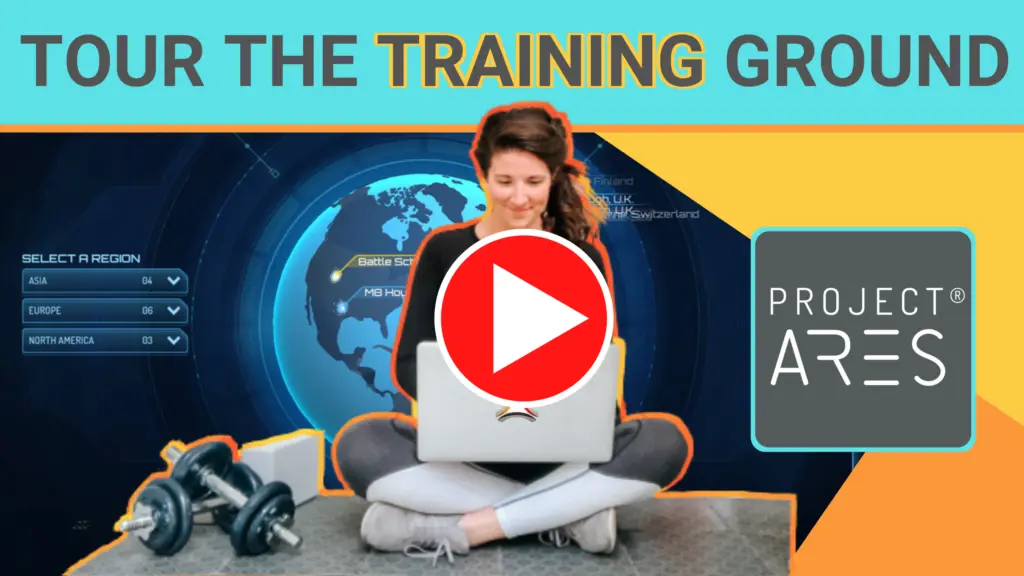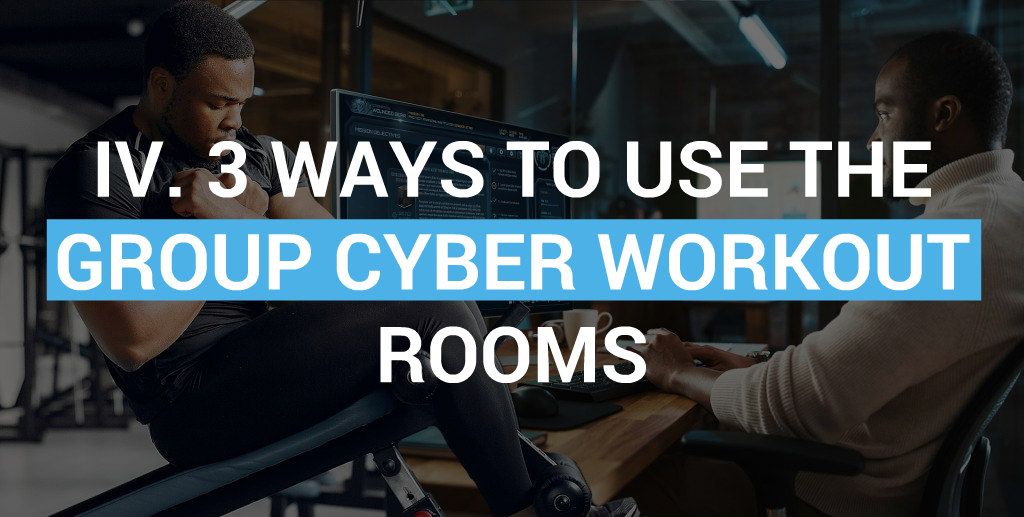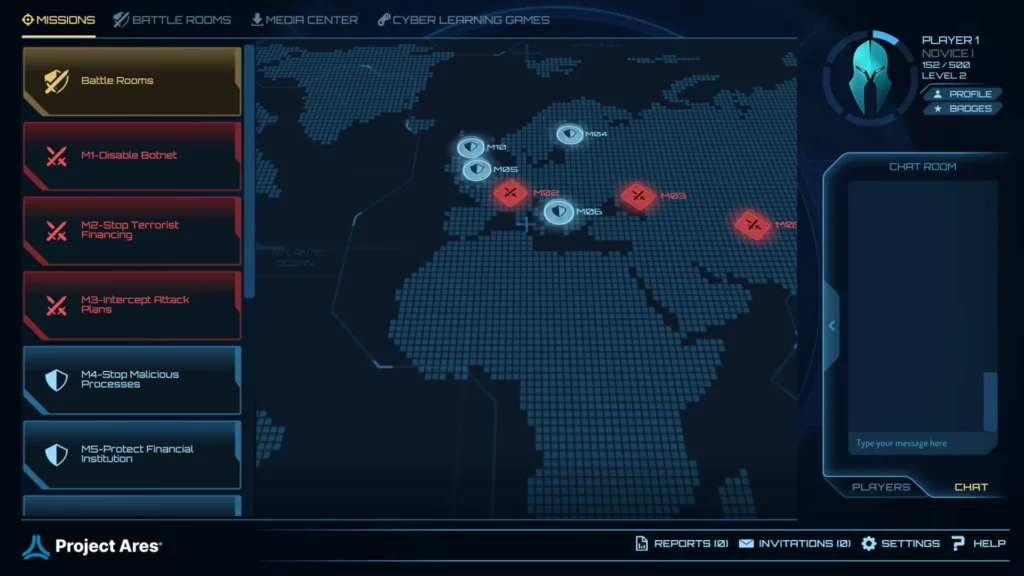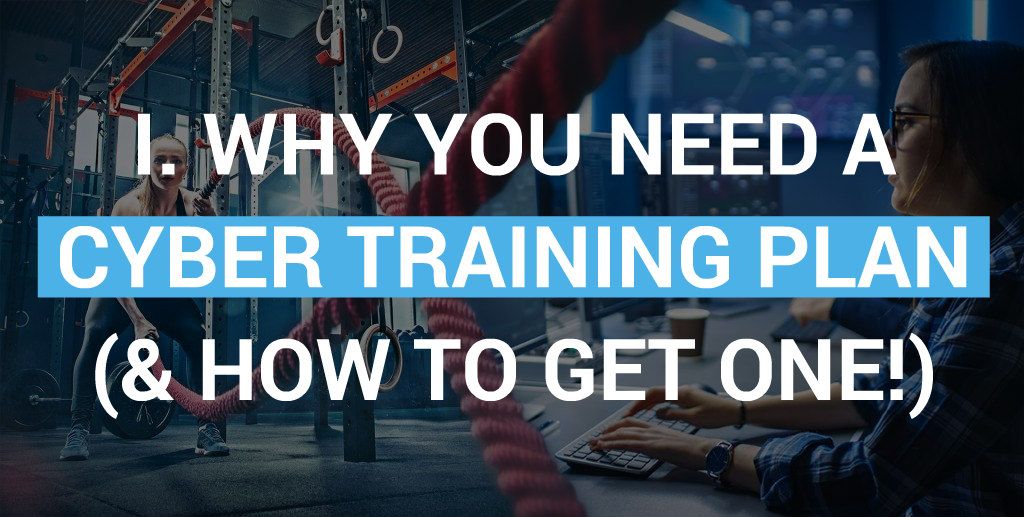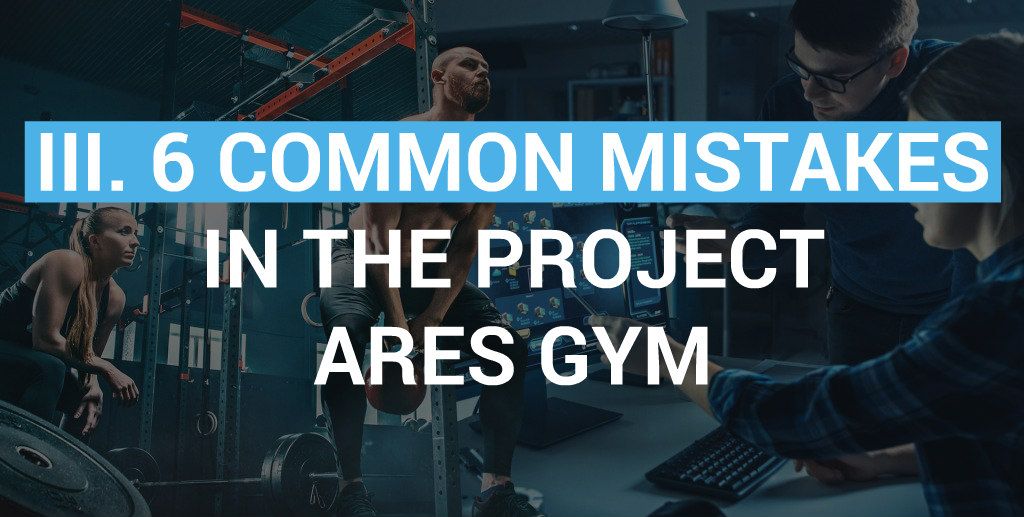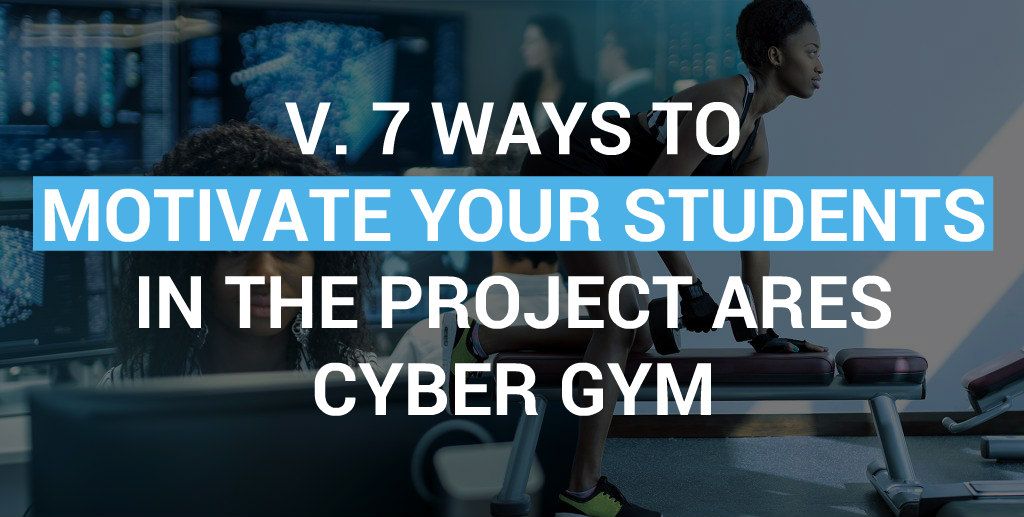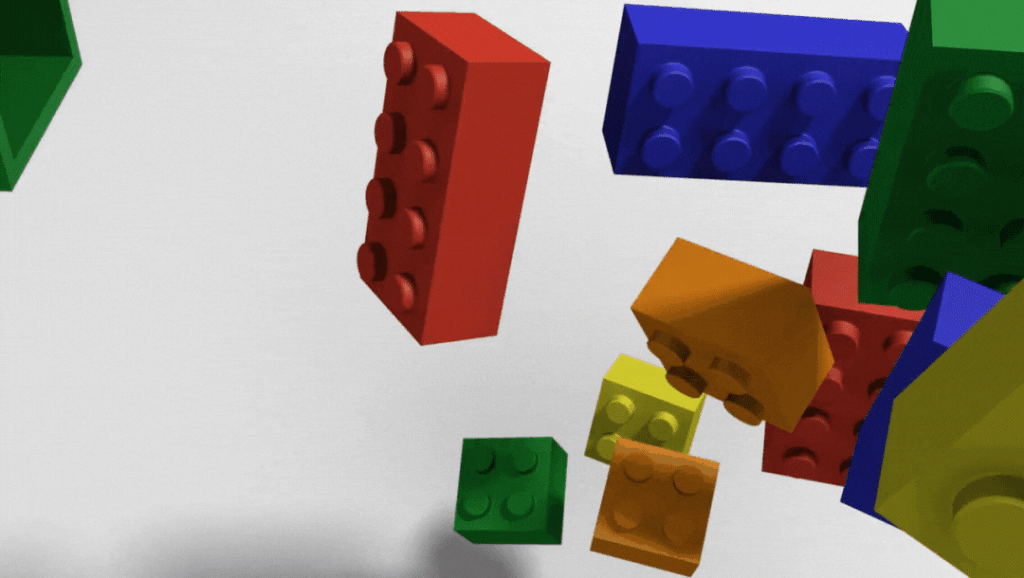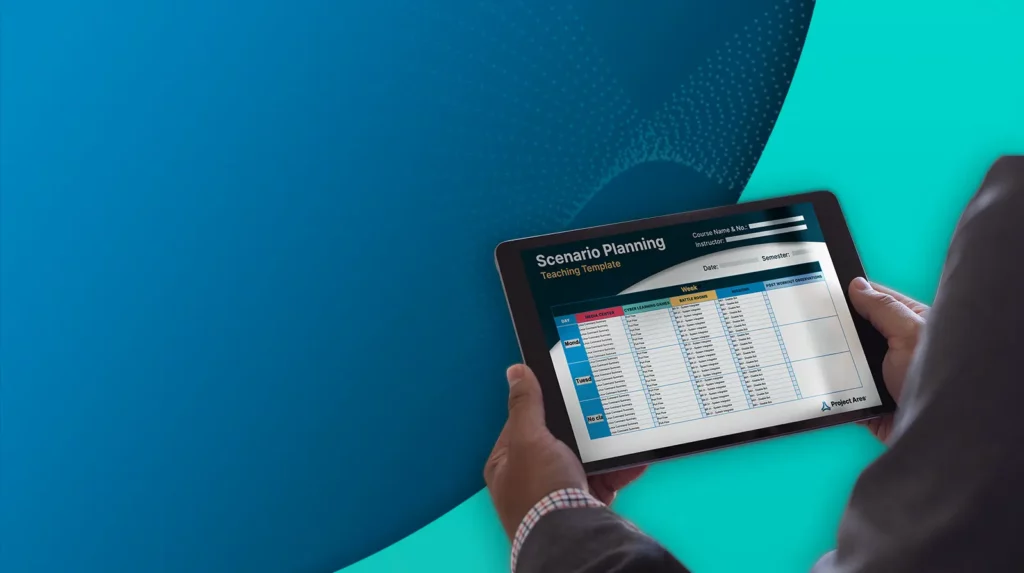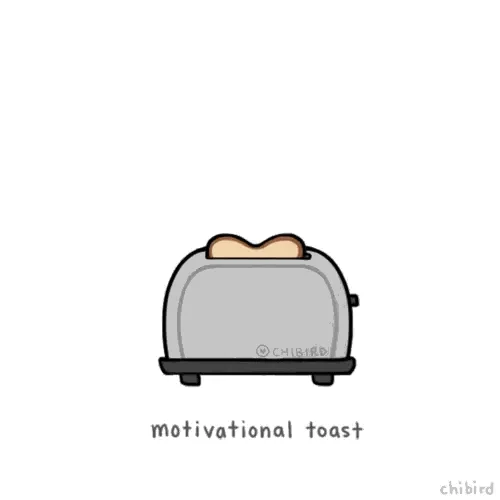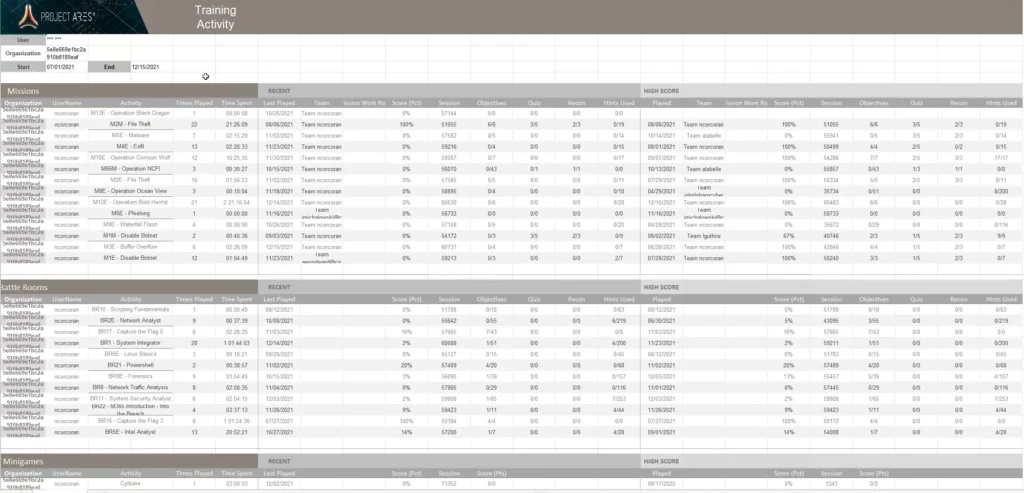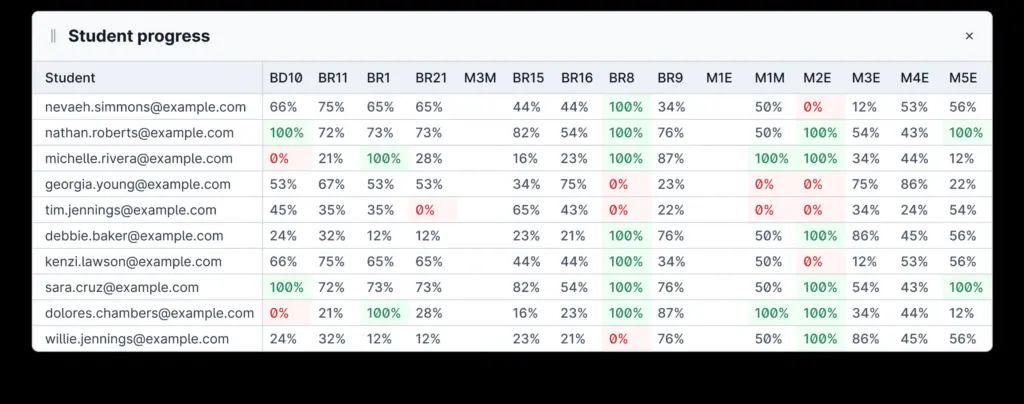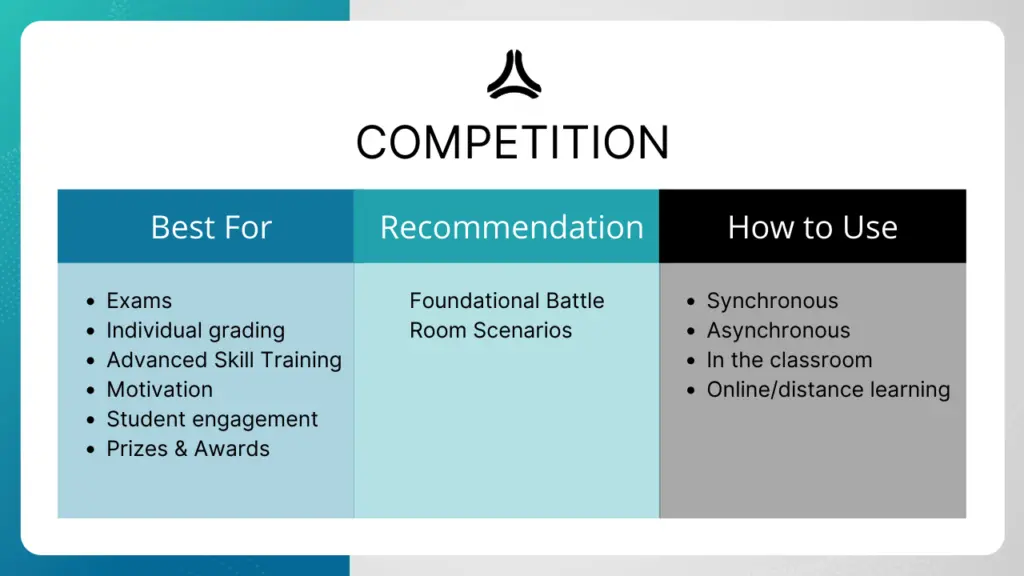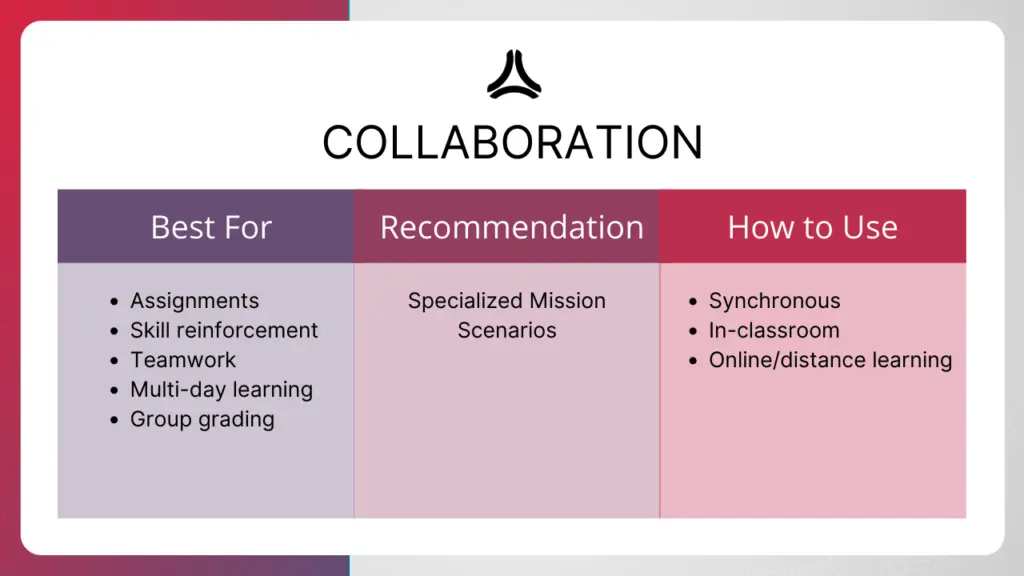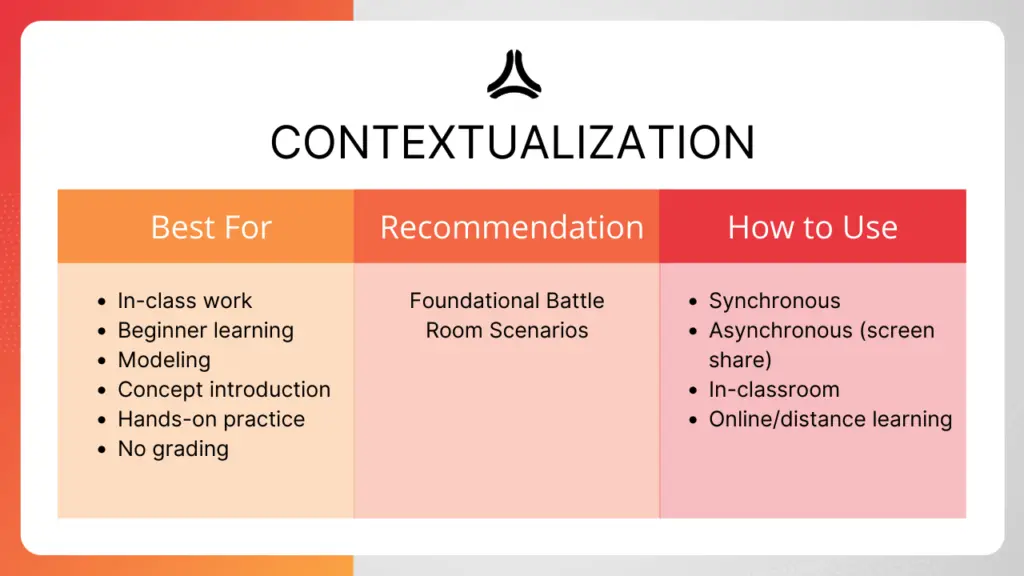From Student to Instructor: A Cybersecurity Learning Journey
This story of one instructor’s cybersecurity learning journey has inspired the team at Project Ares. At his request for anonymity, we’ve changed the name of our protagonist to Professor X. We think you’ll find his story impactful. Maybe it will help other cyber instructors tap into why they teach in this fascinatingly complex field.
“Stop thinking like an instructor. Remember what it was like when you were a student and didn’t know how to do things. Think about what would have intimidated you. If you can’t get on that same thought level and remember what it was like when you struggled, you’re not going to be able to help someone else through a struggle. They say that you cannot help someone up a mountain unless you have first climbed it yourself first.”
~ Professor X
The Situation
In the past, Professor X was an oil and gas electrical technician, but also a lifelong learner. He wanted to learn more about cybersecurity. Even with his technical prowess and mechanical aptitude, he knew that building cybersecurity skills wouldn’t be a walk in the park. He signed up for a Network+ course and started learning with a “full speed ahead” attitude knowing that he could leverage his love of puzzles, solving problems, and enthusiasm for code. In his Network+ course, he spent at least 40 hours a week digging into the hands-on labs in Project Ares determined to turn the unfamiliar into something familiar and understood.
Why was he so committed?
Professor X had been a victim of identity theft and had a strong desire to learn how it happened and how it could be prevented from happening again. Channeling an incredible passion for learning and a natural aptitude for technology, he took his cyber identity (and subsequently his career) into his own hands.
The Solution
Professor X aspired to become a teacher in some way – it was a goal on his 15-year plan – because it would allow him to help people in a very real and specific way. When he experienced the power of hands-on learning through Project Ares labs in his Network+ course, he knew was onto something that might enable him to help other cybersecurity students sometime in the future.
The teaching staff of that first Network+ course quickly realized how committed the future Professor X was to learning cybersecurity and helping others. At the end of the course, they invited him to join their teaching team. Today, Professor X is in the front of the classroom (or the Zoom screen). He helps students with feedback on assignments and projects, assists with question sessions during live classes, provides 1:1 support to students when needed, helps with course material updates, and creates new materials.
Sharing the Cyber Learning Experience
“I love helping people more than anything,” says Professor X. “And teaching cybersecurity lets me help people in a way that might reduce identity theft and close that cyber skills gap we read about every day.”
In Professor X’s classes, students thrive on the help he provides to introduce them to Project Ares and the explain the nuances of the platform. He guides them to think about learning skills in a new way – even if it seems overwhelming at first.To help some students overcome anxiety, Professor X empathizes a great deal and shares his own experiences of diving into the labs for the first time. Often times students don’t know where to start, so he shares how he approached a similar situation and that encourages his students over that first learning hurdle.
“Project Ares Battle Room 1 took me almost a month to finish because I didn’t use hints,” he says somewhat ruefully. “I went in and just crashed everything. But I learned! I would pick a topic for the day and read about it. I’ve probably read the Snort manual a million times. And eventually I put it all together, finished the lab, and progressed to the next one.”
Professor X’s Friendly Advice
To other students
“If you take the time to put in the effort, you will soon be able to do many amazing things because of the amount of knowledge you get from Project Ares labs.“
To fellow educators looking to adopt hands-on labs in the classroom
“For a minute, stop thinking like an instructor…and remember the times when you were a student learning something new and the pains it took to get real knowledge. Use those experiences to relate to your student’s challenges to help them understand the value of using real cyber tools in virtual environments. You can’t help someone up a mountain if you haven’t climbed it yourself.“

The Project Ares team is inspired by Professor X because of his unique experiences being on “both sides” as a cyber learner and cyber teacher. His story shows how the student experience helped him define who he is as an instructor. His passion for teaching is contagious and we’re honored that he is helping the next generation of cyber professionals use Project Ares to build the skills they need to not only enter the cyber workforce but to thrive in it.
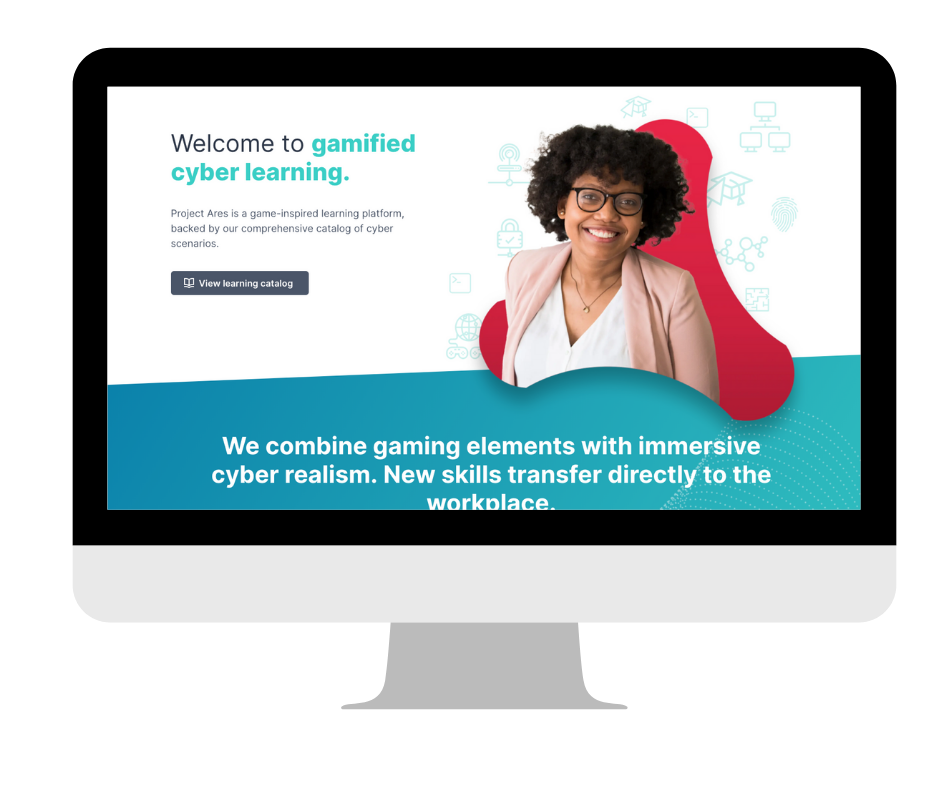
Project Ares is an award-winning EdTech platform that provides hands-on cybersecurity labs that enhance competency-based education for teachers and reinforce readiness objectives for trainers. Its library of threat scenarios is immersive and reflects contemporary threat incidents. Learners have the ability to use real security tools, tactics, and procedures in Project Ares to effectively perform offensive and defensive activities to build cyber skills and competencies. For more information, visit https://projectares.academy.




